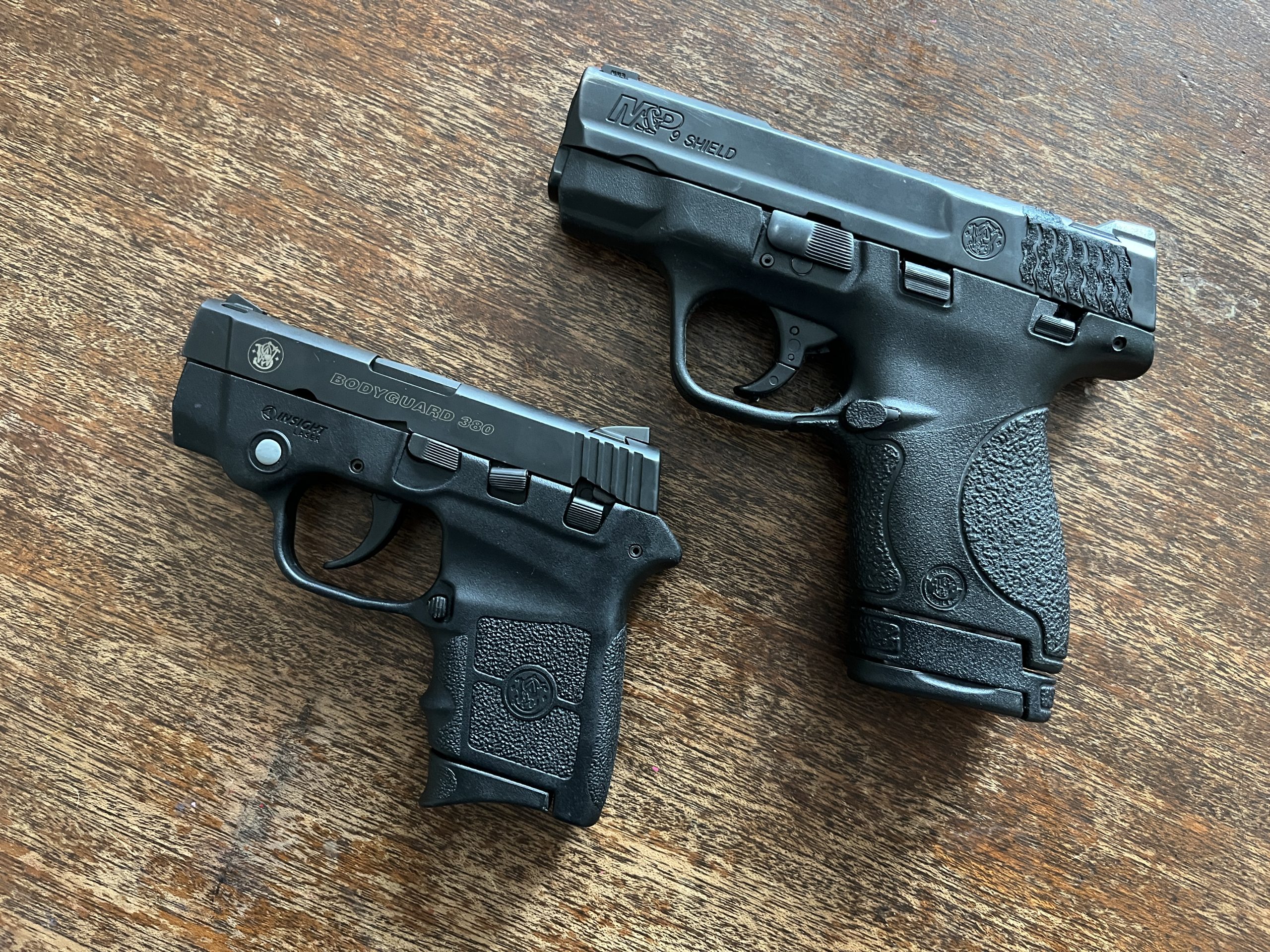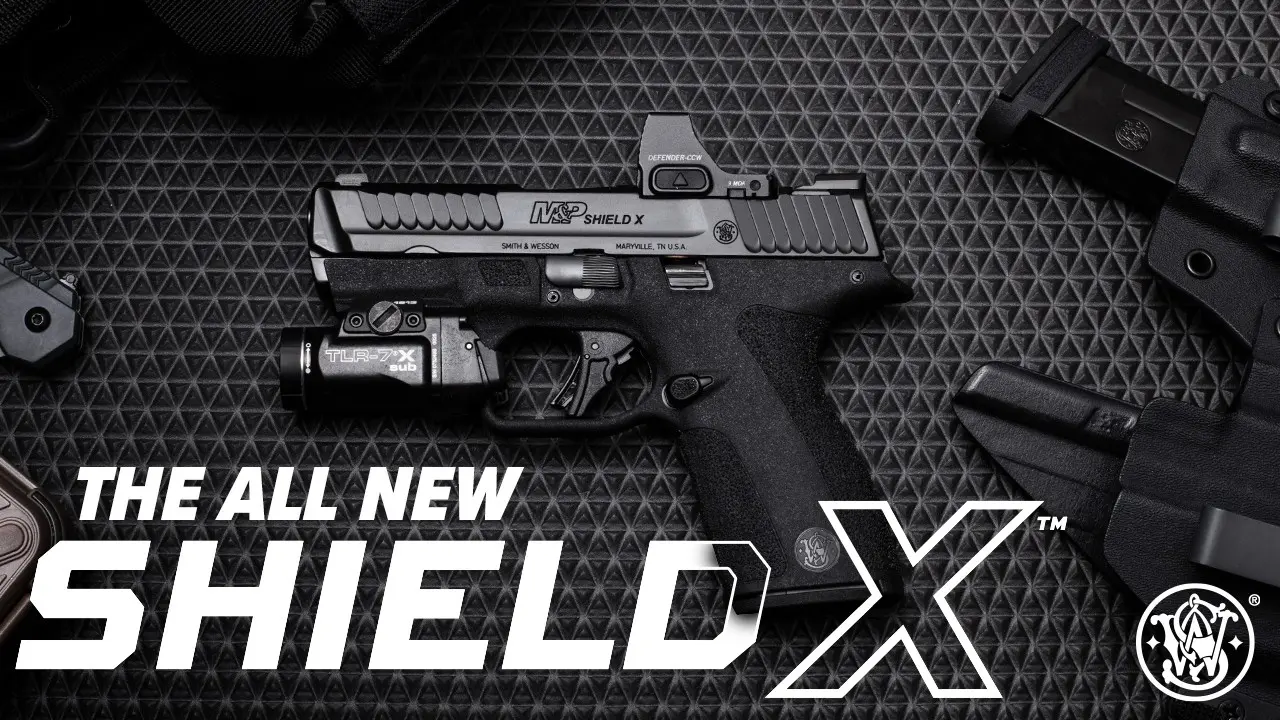Micro-compact handguns are the pocket-sized darlings of the concealed carry world. Their diminutive stature promises discretion and ease of concealment, especially for smaller-framed individuals. But before you jump on the micro-carry bandwagon, consider this: smaller doesn’t always mean better when it comes to self-defense. While micro-compacts offer undeniable convenience, their compactness comes with significant trade-offs that could compromise your safety in a critical situation.
Recoil Bites Back
One of the biggest drawbacks of micro-compacts is their snappy recoil. A smaller frame doesn’t have the mass to absorb the kickback of a powerful cartridge like 9mm. This translates to a sharper, more difficult-to-control recoil that can throw off your aim and make follow-up shots a challenge. This could be the difference between stopping a threat and missing your target entirely in a high-pressure situation.
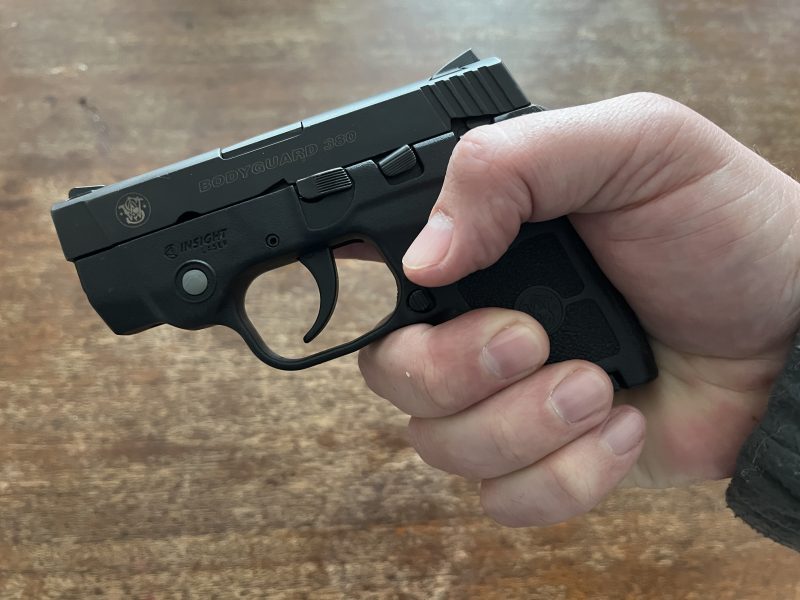
Capacity Constraints
Another concern with micro-compacts is their limited magazine capacity. The compact design often sacrifices space for additional rounds, leaving you with 6-8 cartridges compared to the 12-15 of a larger pistol. While every shot counts, running out of ammunition in a self-defense scenario can be devastating. Additionally, the smaller magazines can be more difficult to reload quickly and efficiently under stress.
Concealment Concerns
While micro-compacts are easier to hide, their size can work against you in some situations. Their smaller grip area can make them harder to control and draw smoothly from concealment. Additionally, printing (the visible outline of the gun under clothing) can still be an issue, especially for those with slim builds. In a critical situation, fumbling with your gun due to its size or concealment challenges can be a life-or-death scenario.
Accuracy Under Pressure
Smaller guns also have shorter sight lines, making acquiring a precise sight picture more difficult, especially under the duress of a real-world threat. This can lead to inaccurate shots, further jeopardizing your ability to stop an attacker. Additionally, the lighter triggers on some micro-compacts can be more prone to accidental discharge, especially in high-stress situations.
Training Takes Time and Dedication
Mastering any firearm requires dedication and practice, but micro-compacts present a unique challenge. Their shorter sight radius, snappy recoil, and lighter triggers demand more skill and proficiency to control effectively. This translates to significantly more training time and effort compared to larger pistols.
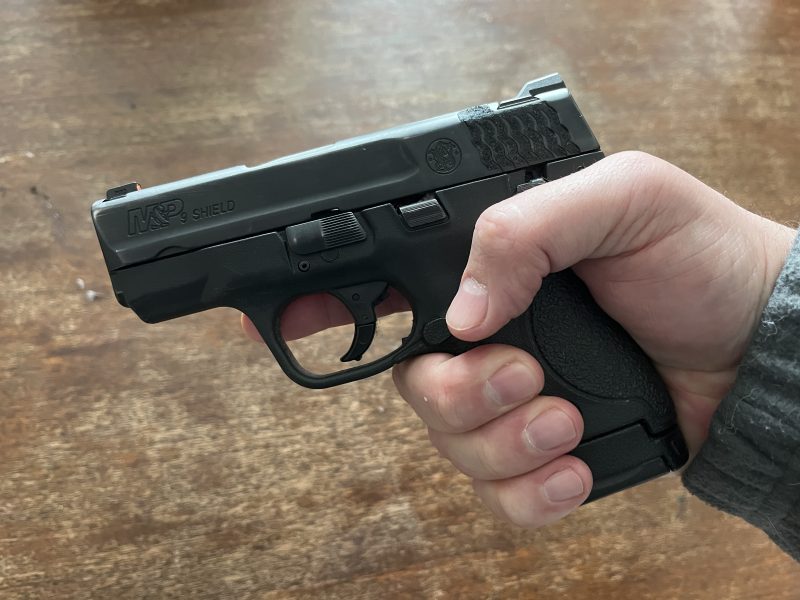
Alternatives to Consider
Before dismissing micro-compacts entirely, it’s important to remember that every individual and their needs are unique. If a micro-compact is your only viable option due to physical limitations or specific carry requirements, then prioritize extensive training and familiarization with your chosen firearm. However, several alternative options exist for concealed carry that offer a better balance between size and functionality:
- Subcompact pistols: Slightly larger than micro-compacts, subcompacts offer increased magazine capacity, better recoil management, and longer sight lines, all while remaining concealable.
- Compact pistols: While not as easily concealable as smaller options, compact pistols strike a good balance between size, capacity, and controllability.
- Micro-compacts with extended magazines: Some manufacturers offer extended magazines for micro-compacts that increase capacity without sacrificing overall size too much.
Parting Shots
Micro-compacts offer undeniable convenience and discretion for concealed carry. However, their size has significant trade-offs regarding recoil, capacity, accuracy, and controllability. While they can be a viable option for some, it’s crucial to carefully consider your priorities and invest in proper training before relying on a micro-compact for self-defense. Remember, your safety is not a matter of size but skill and preparedness. Choose your carry firearm wisely, prioritize training, and be confident you have the tools and knowledge to handle any situation.
ABOUT THE AUTHOR:
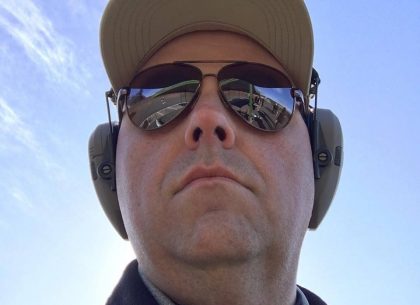
David Workman is an avid gun guy and a contributing writer to several major gun publications. As an NRA-certified instructor, David trains new shooters on basic handgun skills and CCW requirements and is a strong advocate for training as much as possible. “Real-life shootouts don’t happen at a box range.”
![]() You may also enjoy these popular articles:
You may also enjoy these popular articles:
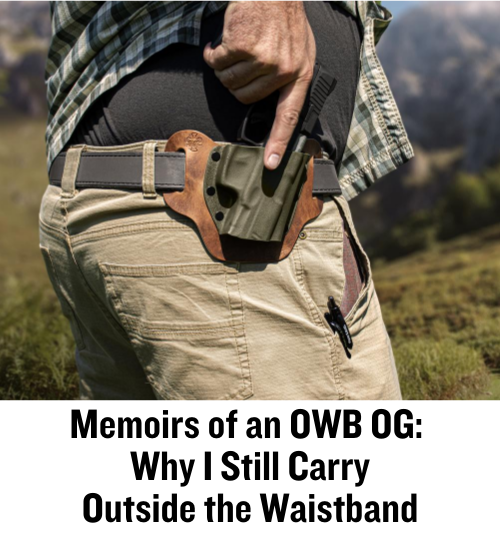
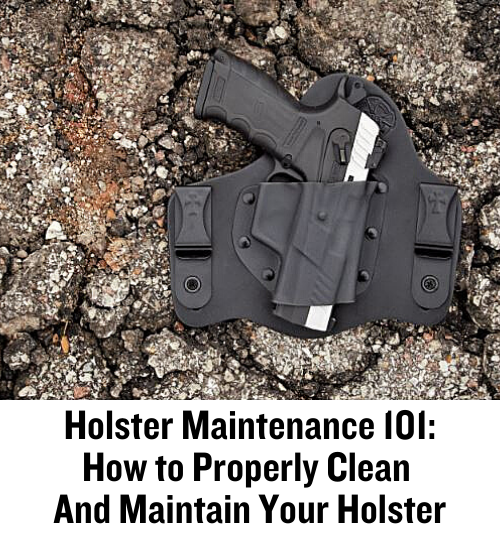
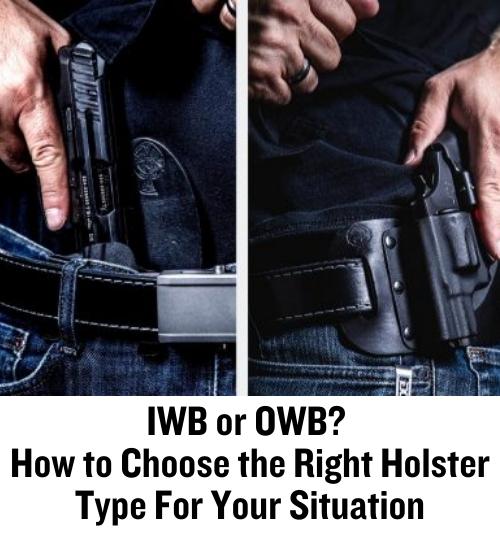

©MTC Holsters, LLC and CrossBreed Holsters Blog, 2023.
Unauthorized use and/or duplication of this material without express and written permission from this site’s author and/or owner is strictly prohibited. Excerpts and links may be used, provided that full and clear credit is given to David Workman and the CrossBreed Blog with appropriate and specific direction to the original content.

